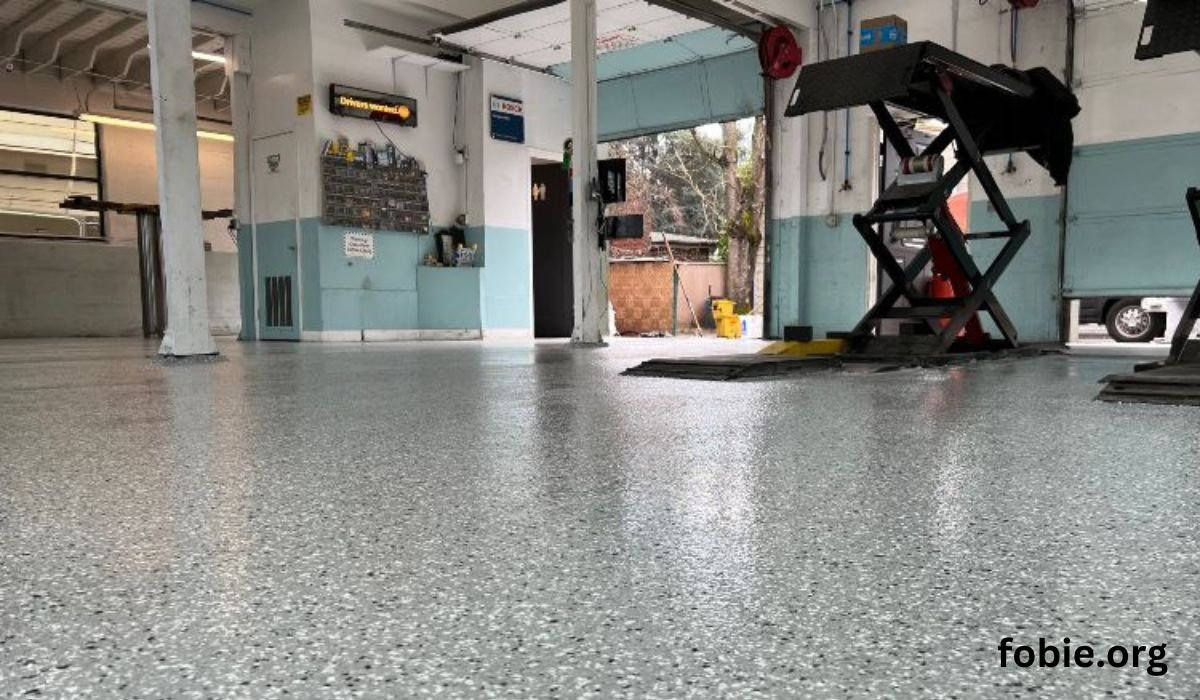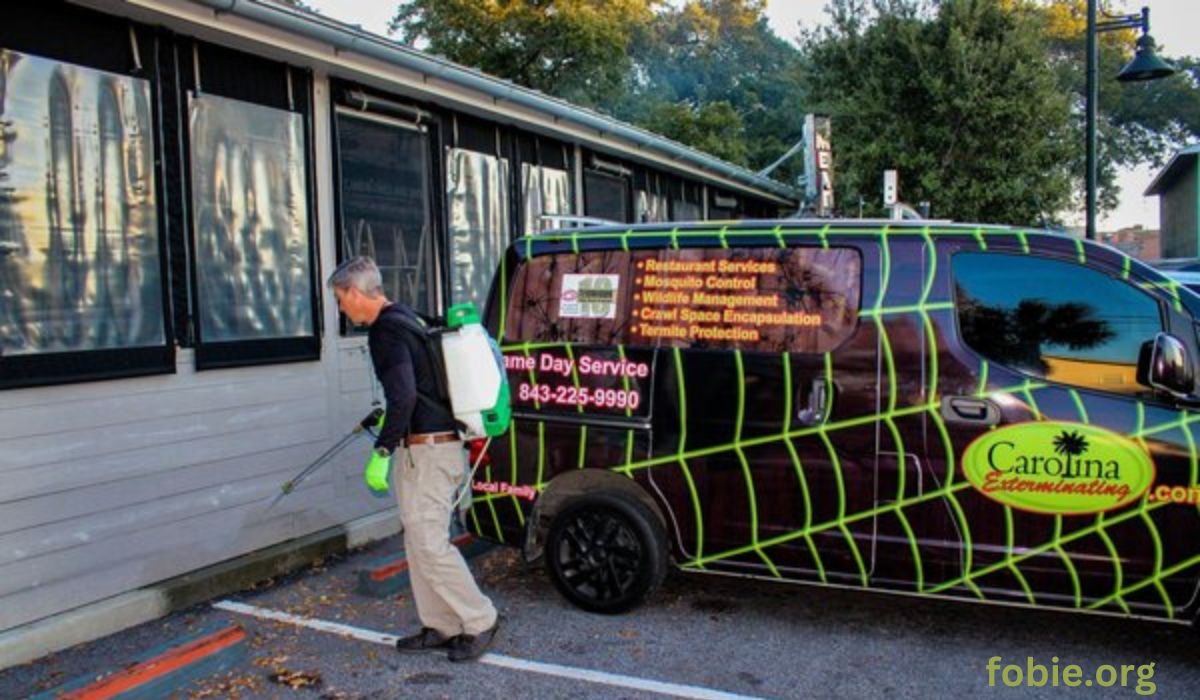Key Takeaways:
- Learn practical ways to enhance electrical safety in your home.
- Understand the importance of energy efficiency and how it can save money.
- Discover innovative technologies that boost home safety and efficiency.
Introduction
Electricity is the lifeblood of any modern home, powering everything from lighting and appliances to heating and cooling systems. Yet, its ubiquity often leads to complacency regarding its maintenance and the potential hazards it poses. This complacency can result in significant risks if safety measures are not carefully followed. Fortunately, striking the perfect balance between electrical safety and energy efficiency is more achievable than it might seem. By adhering to an electrical maintenance checklist, homeowners ensure their systems function efficiently and safeguard their homes against possible electrical failures and hazards.
The dual focus on safety and energy efficiency is pivotal for protection and financial prudence. Well-maintained and energy-efficient electrical systems can substantially reduce monthly utility bills, freeing up resources for other priorities. This guide explores practical strategies and state-of-the-art technologies that homeowners can adopt to create a safer and more cost-effective living environment.
Understanding Electrical Safety Basics
Electrical safety encapsulates many practices aimed at safeguarding people and property from electricity’s destructive potential. It involves an understanding of how electricity functions and the challenges it can pose. Safety begins with a solid grasp of basic components like circuit breakers and ground fault interrupters and a comprehension of safe wiring techniques. Being familiar with these elements enhances a homeowner’s ability to manage their electrical systems prudently and responsibly.
Common safety pitfalls include overloaded outlets, which can easily become fire ignition points if not managed correctly. Similarly, outdated or faulty wiring can create unnecessary risks. Regular maintenance and system checks can preempt such issues, ensuring the safety of everyone in the home. Experts recommend partnering with certified electricians for routine assessments and repairs, as their expertise is crucial for preventing potential mishaps. For further resources, the National Fire Protection Association provides comprehensive guidelines and tips for maintaining fire and electrical safety.
Practical Tips for a Safer Home Environment
Ensuring electrical safety in your home can be straightforward when you adopt certain mindful habits. Begin by routinely inspecting all electrical cords and outlets for signs of damage or wear, as these are commonplace sources of electrical failures. Avoid using power strips overloaded with multiple devices, as they can overheat and pose serious hazards.
Safeguarding your home also involves installing properly functioning smoke detectors in every room, especially near sleeping areas. Carbon monoxide detectors are another vital safety measure, particularly in homes with gas appliances. These devices can be lifesavers when maintained correctly, offering early warnings that prevent disasters.
While DIY solutions may seem tempting, specific electrical tasks should be left to certified professionals. Their expertise ensures compliance with building codes and standards, reducing the likelihood of legal or safety issues arising from improper modifications or repairs.
The Economic Benefits of Energy Efficiency
Energy efficiency is not only an environmental frontrunner but also a wallet-friendly approach that delivers real economic benefits. By optimizing energy consumption, homeowners can trim their utility bills significantly while simultaneously reducing their carbon footprint. Modern energy-efficient solutions, such as high-efficiency appliances, optimized heating and cooling systems, and advanced insulation materials, are designed to minimize energy wastage and enhance overall performance.
The potential savings from adopting energy-efficient practices are well-documented. According to the U.S. Department of Energy, energy efficiency measures can lead to annual savings that significantly offset initial investment costs in these technologies, often in less than a year. Such savings highlight the value of integrating energy-efficient practices into daily routines.
Implementing Energy-Saving Measures in Your Home
Becoming more energy-efficient is not a daunting task if tackled step-by-step. Begin by shifting from conventional incandescent bulbs to LED lighting, which consumes less energy. Another strategic move is installing programmable thermostats, which allow precise control over heating and cooling, leading to substantial energy reductions without sacrificing comfort.
Conducting a home energy audit is an essential step towards energy efficiency. A comprehensive audit can reveal unexpected areas of energy loss, allowing for targeted improvements that align with your specific needs and budget.
READ ALSO: Designing for Longevity: High-Performance Doors and Windows
Innovations in Home Electrical Systems
The advent of innovative technology has revolutionized the management of home electrical systems. Automating lighting systems, incorporating advanced circuit protections, and utilizing smart meters are just a few ways homeowners can benefit. These systems save energy and enhance safety by providing real-time monitoring and immediate alerts of potential electrical issues.
Incorporating smart technology is an investment in your home’s future, as it offers enhanced convenience and peace of mind. Upgrades such as these are also likely to increase the value of your property, appealing to tech-savvy potential buyers.
Real-Life Example: Transformation Toward Safety and Efficiency
Take the real-life scenario of the Parkers, who embarked on a mission to transform their electrical system’s safety and efficiency. Facing frequent power surges and punitive energy bills, they invested in an overhaul. By integrating modern safety measures, such as updated wiring systems and installing energy-efficient appliances, they achieved a safer, greener, and more budget-friendly home environment. These efforts resulted in a remarkable 30% reduction in energy costs and noticeably improved electrical reliability.
Their story is an inspiring example of the positive impact of thoughtful upgrades and proactive management on a home’s overall performance and financial efficiency.
Conclusion and Final Thoughts
In today’s fast-paced world, maintaining an electrically safe and energy-efficient home is no longer an option but a necessity. By adopting the strategies and technologies discussed, homeowners can significantly enhance their living conditions, ensuring safety and cost savings. It is recommended that electrical systems be continuously monitored and that professionals be consulted to maintain these standards. Ultimately, these efforts contribute not just to individual well-being but also to broader environmental sustainability goals.
YOU MAY ALSO LIKE: The Power of Efficiency: A Comprehensive Guide to Energy-Efficient HVAC Systems











